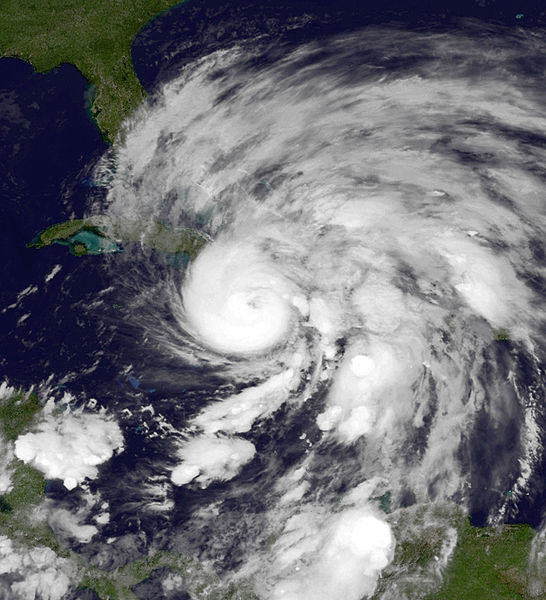As a NYC girl, I recently write an article about how men blew it in terms of love and Hurricane Sandy. You can find “Hurricanes, love and other natural disasters! A dating cheat sheet for men” on my Examiner relationships column.
For those that are curious as to how to volunteer after a disaster without getting in the way, read on to find out how. – aa
How to Help
When a natural disaster such as a hurricane or earthquake hits, it can leave devastation in its wake. The local population can lose loved ones, homes and livelihoods. Victims’ day-to-day existence can suddenly become a struggle to survive. The good news is there are many things individuals and groups can do to make a big difference. However, rather than just jumping in, it’s important to know the best way to help.
Work With a Disaster Relief Organization
The first step is to identify which organizations are mobilizing to assist with the disaster response. For one thing, your donations and help will be more powerful when pooled with assistance from others. Even more importantly, disaster relief organizations have the expertise and protocol in place to carry out relief in the most efficient and effective manner. Check for news stories with your local or national media or search online to find out which organizations are helping. If you are unsure, go to the Federal Emergency Management Agency’s website (FEMA.gov), which will post information about U.S. disasters and how to help, or to Charity Navigator’s website (CharityNavigator.org), which posts information about both U.S. and international needs.
Choose Your Relief Organization Carefully
Unfortunately, there are many scams out there. There are also organizations that mean well, but don’t operate efficiently. There are others that use too many donor dollars for administration rather than for actual aid. That’s why it’s important to pick your organization carefully. There are organizations that evaluate charities and recommend the best ones. Charity Navigator, for example, does this. When in doubt, stay away from lesser-known groups and opt for established organizations such as the Red Cross or CARE.
Consider Donating Cash
One of the best ways to help in any disaster is to send money to a reputable relief organization. This allows relief experts to buy the specific materials needed by the victims at that particular time. It also cuts down on the cost of delivery. Sending cash can facilitate getting the needed supplies to the victims the most quickly, rather than having them wait for goods to be collected, sorted, shipped, delivered, checked and distributed. You do not have to send a huge check; every dollar counts, especially since it is pooled with money from everyone else.
Donate Goods Wisely
If you would like to donate goods, make sure to donate only good requested by a reputable relief organization. The victims might need something about which you are not aware. Their needs also change on a day-to-day basis. Make sure to check frequently with your relief organization to see if a particular item is more in demand than others. Also follow all of the organization’s rules about a particular item, such as its size or other features.
Start Your Own Relief Project
Consider pooling your efforts with others in your community by collecting cash or goods as a group and then delivering them to the relief organization. Your group could be your place of worship, your school, a local business, a club or any local gathering of people who want to help. Ask your relief organization for tips on how to set up such a project and follow them. Publicize your project and seek help from others who might like to take part.
Volunteer to Work
If you have the time and inclination, ask the relief organization if there is anything you can do to help in a more hands-on fashion. This could include sorting donations, making calls or packaging supplies. If you have particular skills, such as home construction, you might even be invited to go to the disaster site to help. Being there in person to lend a hand can be an especially rewarding way to help disaster victims.
Continue Giving
When disaster first happens, it often generates much public attention. It’s on the nightly television news, in the local newspapers and on websites. These days, it also spreads quickly across social media. It’s often easy to find a way to give in the initial days after the disaster. However, when the damage to human lives and property is particularly devastating, the story can fade from the public eye long before the problem is resolved. That’s where you can help. Be aware that needs may change but don’t go away in a matter of days. Keep in contact with reputable relief organizations to see what long-term needs exist, such as the need to rebuild housing, schools, churches and places of employment. Find out how you can help. The easiest way may be giving regular cash donations. Another possibility is getting involved with hands-on rebuilding projects.
Advocate
If a particular relief project is important to you and you have the time, considering getting involved in advocacy. This means keeping the problem in the public eye, contacting appropriate federal, state or local governments for help, communicating with relief organizations, spreading the word through various media and reaching out to your local community. You can even join a relief organization as a regular volunteer or employee if you are so moved.
———-
The Douglas and London Law Firm represents clients across the entire US. Bringing decades of experience to the courtroom, they are the premier law firm in New York. Contact Douglas and London for a free case assessment.
—






![Say Their Names: Honor the Fallen: Black Lives Matter [Video]](https://storage.googleapis.com/stateless-womanifesting-com/2020/06/e2148cf3-say-their-names-honor-the-fallen-black-lives-matter-2.png)
![Why Your Brain Is Wired for Negative Thinking [Video]](https://storage.googleapis.com/stateless-womanifesting-com/2020/02/8bc0a47f-why-your-brain-is-wired-for-negative-thinking-1.png)
![Eastern vs Western Medicine with Dr. Mark Hyman Which Works Best? [Video]](https://storage.googleapis.com/stateless-womanifesting-com/2020/02/3c90f86f-eastern-vs-western-medicine-1.png)
![Manifestation Planner Review 2020: Law of Attraction Journal [Video]](https://storage.googleapis.com/stateless-womanifesting-com/2019/12/fd84e8a0-manifestation-planner-review.png)
![How To Make Lavender Infused Honey by Glitter Priestess Damali [Video]](https://storage.googleapis.com/stateless-womanifesting-com/2019/11/How-to-Make-Lavender-Infused-Honey-2.png)
![Stop Wishing! How to Create the Life You Want! [Video]](https://storage.googleapis.com/stateless-womanifesting-com/2019/07/Create-the-Life-You-Want-1.png)

